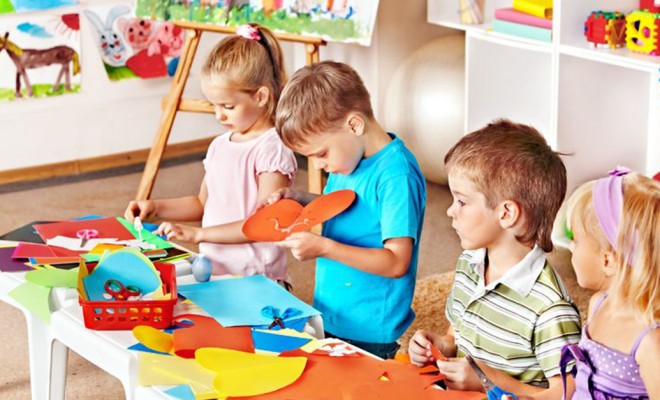
Child Development
Creative Development
[Tweet ““You see things; and say, ‘Why?’ I dream things that never were; and say, ‘Why not’?” – George Bernard Shaw”]
Creativity is an elusive concept that is often easier to recognise than to define, and its frequent association with behaviour which is novel, unusual, or unexpected can be problematic – especially for those with childcare responsibilities. Perhaps one of the most poignant reminders of the rich variety of human creativity is the case of the German-born boy from a disadvantaged background: unable to speak ‘normally’ until age four, and just beginning to read at seven, he was described by teachers as ‘slow’, showed a great dislike of school, and was given to solemnly repeating sentences under his breath. The boy, who was at first thought to be mentally handicapped, was named Albert Einstein and his ‘problem’ was he had a different way of thinking which allowed him to make the most extraordinary discoveries.
Gardner’s Intelligence Studies
Taking musical ability as an example, most would agree that music is a creative pursuit, though it is not necessarily true that skilled musicians either possess, or lack, intelligence and other aptitudes. In other words, being highly literate in music does not itself depend on other attributes, the same being true of art, poetry and similar arts activities. Howard Gardner’s(1) (1983) work on multiple intelligences similarly alerted educationists to the idea that humans potential can be expressed in a number of different ways, which Gardner categorised as:
Linguistic intelligence – a sensitivity to spoken and written language;
Logical-mathematical intelligence – a capacity for scientific and mathematical thinking;
Musical intelligence – performance and compositional skills;
Bodily-kinesthetic intelligence – the ability to employ mental abilities to coordinate body movements;
Spatial intelligence – the potential to recognise and employ spatial patterns and relationships;
Interpersonal intelligence – an ability to understand the aims, motivations and needs of others; and
Intrapersonal intelligence – the capacity to understand one’s own feelings, fears and motivations.
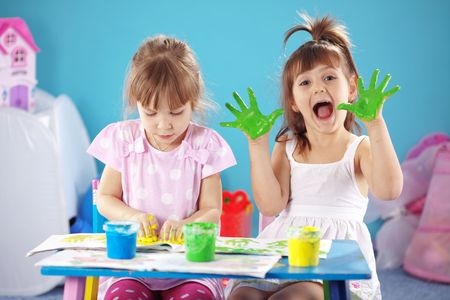
Gardner’s theory of multiple intelligences influenced the spread of creative teaching approaches within the educational sphere, as evidenced by the Foundation Stage Curriculum Guidance2 in 2000. Commenting on the inclusion of creativity as a curriculum aim, it states:
‘Being creative enables children to make connections between one area of learning and another and so extend their understanding. This area includes art, music, dance, role-play and imaginative play.’
[Read more about: Social & Emotional Development in Childcare]
Creative & Cultural Education
Whilst Gardner helped to promote an understanding of the importance of creativity and establish the idea that a variety of sensory inputs could substantially contribute to the acquisition of knowledge, many critics believed Gardner’s theory helped to imply creativity was a remote, higher-level concept. This prompted Professor Kenneth Robinson, Chair of the National Advisory Committee for Creative and Cultural Education, to propose a more democratic, inclusive and accessible description of role of creativity within education:
‘All people are capable of creative achievement in some area of activity, provided that the conditions are right and they have acquired the relevant knowledge and skills’ – Robinson Report3 (1999).
Though sympathetic to, and influenced by, the aims of expressive arts educators, the Robinson Report was nevertheless keen to avoid any suggestion creativity was the sole preserve of the arts, arguing that evidence of creativity could be found right across the curriculum, not least in science and mathematics.
Torrance & Greenspan
Most childcare and education professionals would accept Torrance’s4 statement that creativity is a ‘natural human process motivated by strong human needs’, and share the view of Greenspan et al.5 (1997) that ‘it is possible to identify potential for invention and creativity at a very early age.’ Furthermore, many observers see the pre-school years as a golden age of creative activity which often tends to subside later when children enter school – some at least believing this is explained by their exposure to formal curriculum-orientated learning.
What is the Science of Childcare? – Download Free eBook
With young children, the notion of creativity has to be broad and democratic, and it is far more appropriate to encourage engagement in the creative process than it is to judge outcomes according to technical prowess, or adult concepts such as originality. Expanding this comment, Malaguzzi6 explains the inherent value of the activity by noting:
‘Creativity becomes more visible when adults try to be more attentive to the cognitive processes of children than to the results they achieve in various fields of doing and understanding.’
[Helpful article on: Cognitive Development in Childcare]
Creative Development Potential
Others, such as neurologist and musician, Oliver Sacks7, suggest our educational efforts generally do little more than scratch the surface of a child’s creative potential. Discussing musical ability in particular, he believes there is ‘an innate musicality in virtually everyone’, pointing out:
‘This has been shown most clearly by the use of the Suzuki method to train young children, entirely by ear and by imitation, to play the violin. Virtually all hearing children respond to such training.’
In cognitive terms, creative work with children is known to promote spontaneous, free-flowing, divergent (‘soft’) thinking which tends to throw up multiple, unrelated solutions to a problem, in contrast with convergent (‘hard’) thinking which adopts a linear approach inevitably leading to one ‘correct’ answer. In addition to such welcome diversity, children also learn to express ideas and feelings in another ‘language’ – a fact borne out, for example, by Gardner’s belief that ‘musical intelligence runs in an almost structural parallel to linguistic intelligence’. More importantly, for some children, creative work is a vital opportunity to voice and/or work through feelings and emotions they cannot, or will not, express through conventional verbal and written channels. As experienced practitioners in creative disciplines will know, for such children the value of this additional ‘window to the soul’ is simply incalculable.
[Helpful article: The effects of Technology on Child Development]
Creative Development In Practice
According to Sharp, creativity in a practical setting requires an ‘optimum balance between structure and freedom of expression’, and childcare professionals can foster creativity by support and interventions such as:
‘- asking open-ended questions;
– tolerating ambiguity;
– modelling creative thinking and behaviour;
– encouraging experimentation and persistence; and
– praising children who provide unexpected answers. Sharp8 (2004).’
Creativity is ultimately a blend of many components including an individual’s personality traits, abilities and skills. Furthermore, building a creative ‘environment for fun and curiosity’ takes time, dedication and effort but, given that research has identified that creative activity promotes the following list of benefits:
Collaborative skills, commitment, communication proficiency, confidence, dexterity, finesse, focus,
healthy risk taking, improved memory, inspiration, passion, physical health, problem solving abilities,
spatial acuity, and tolerance.
What more could you ask for?


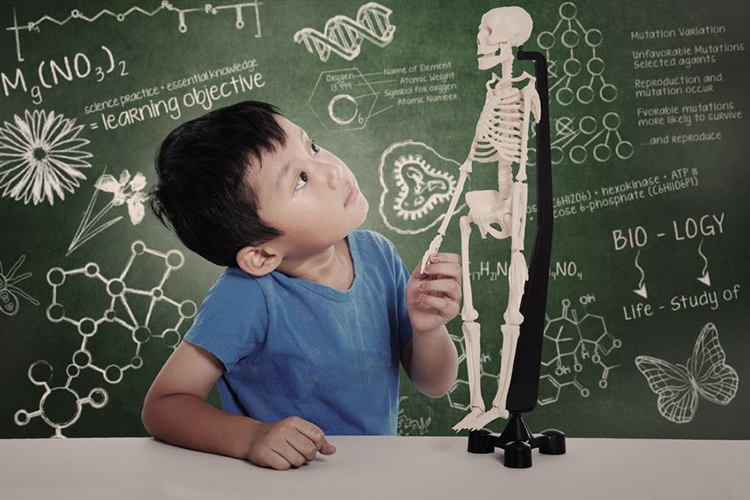
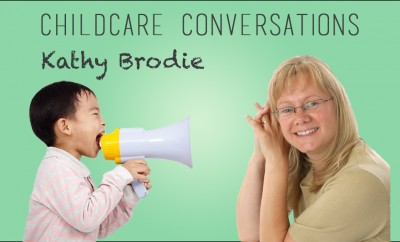
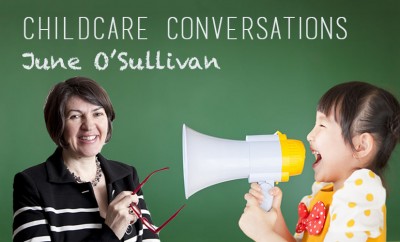
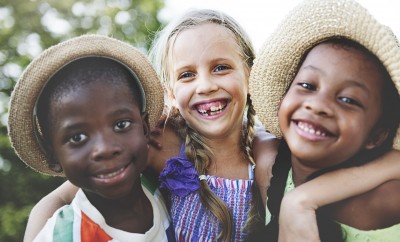

You must be logged in to post a comment Login